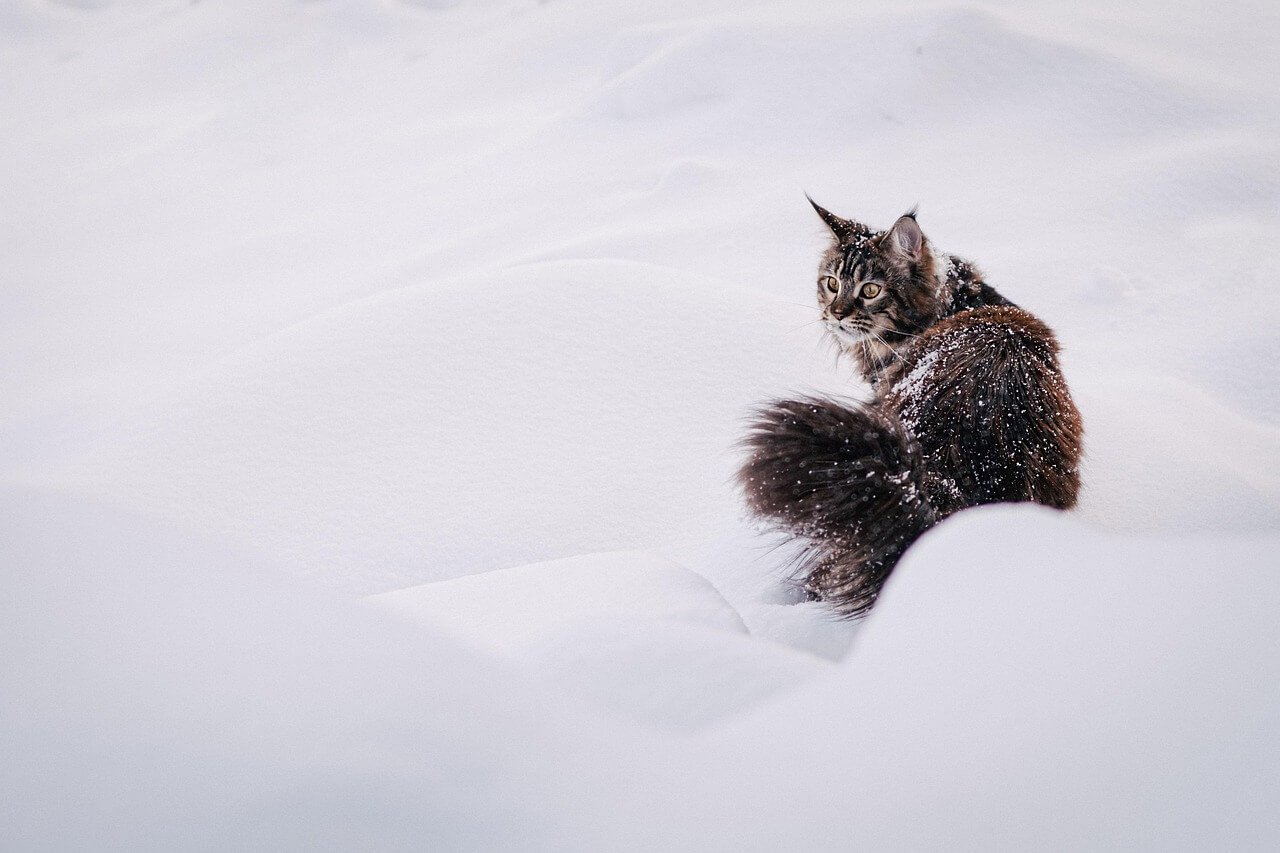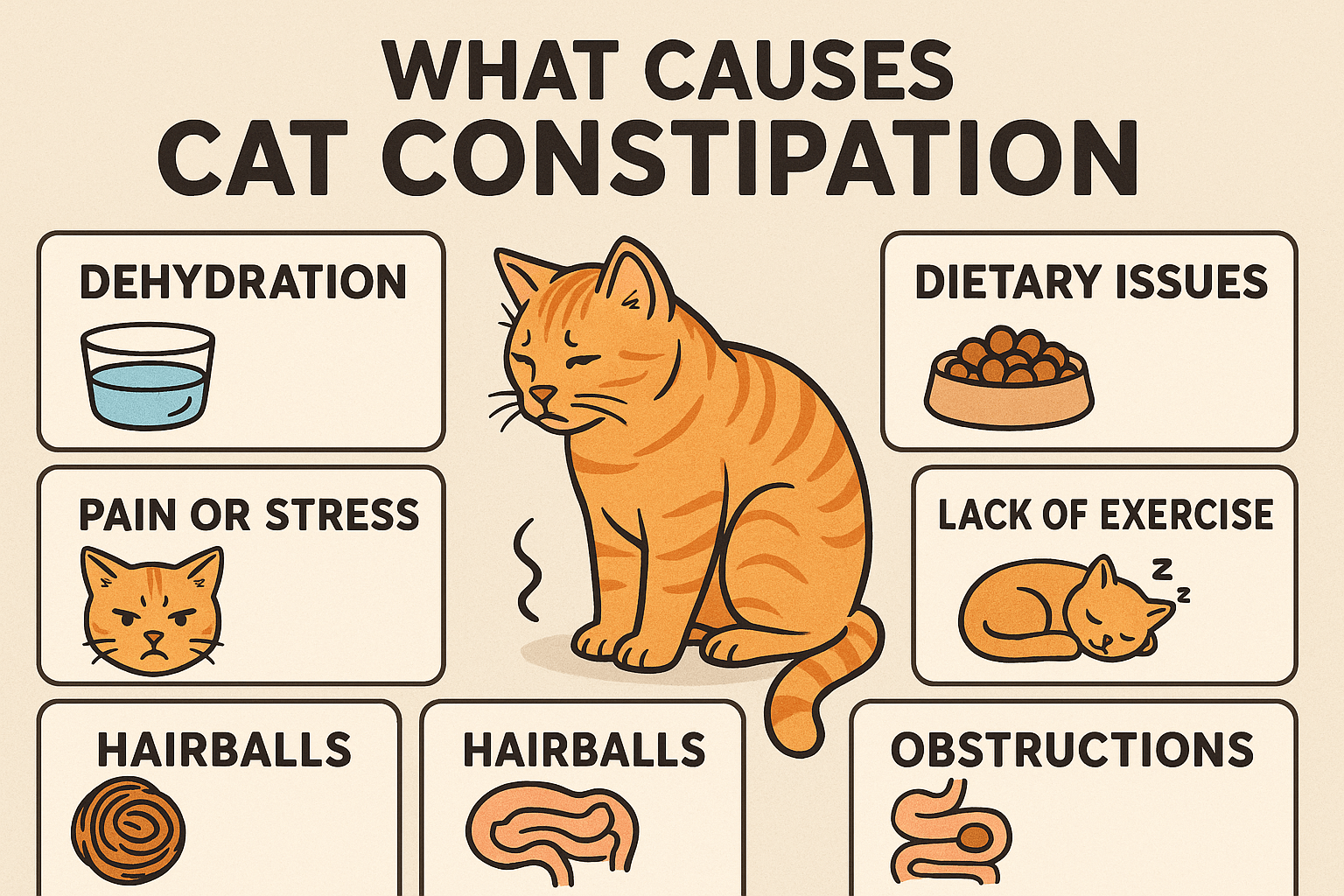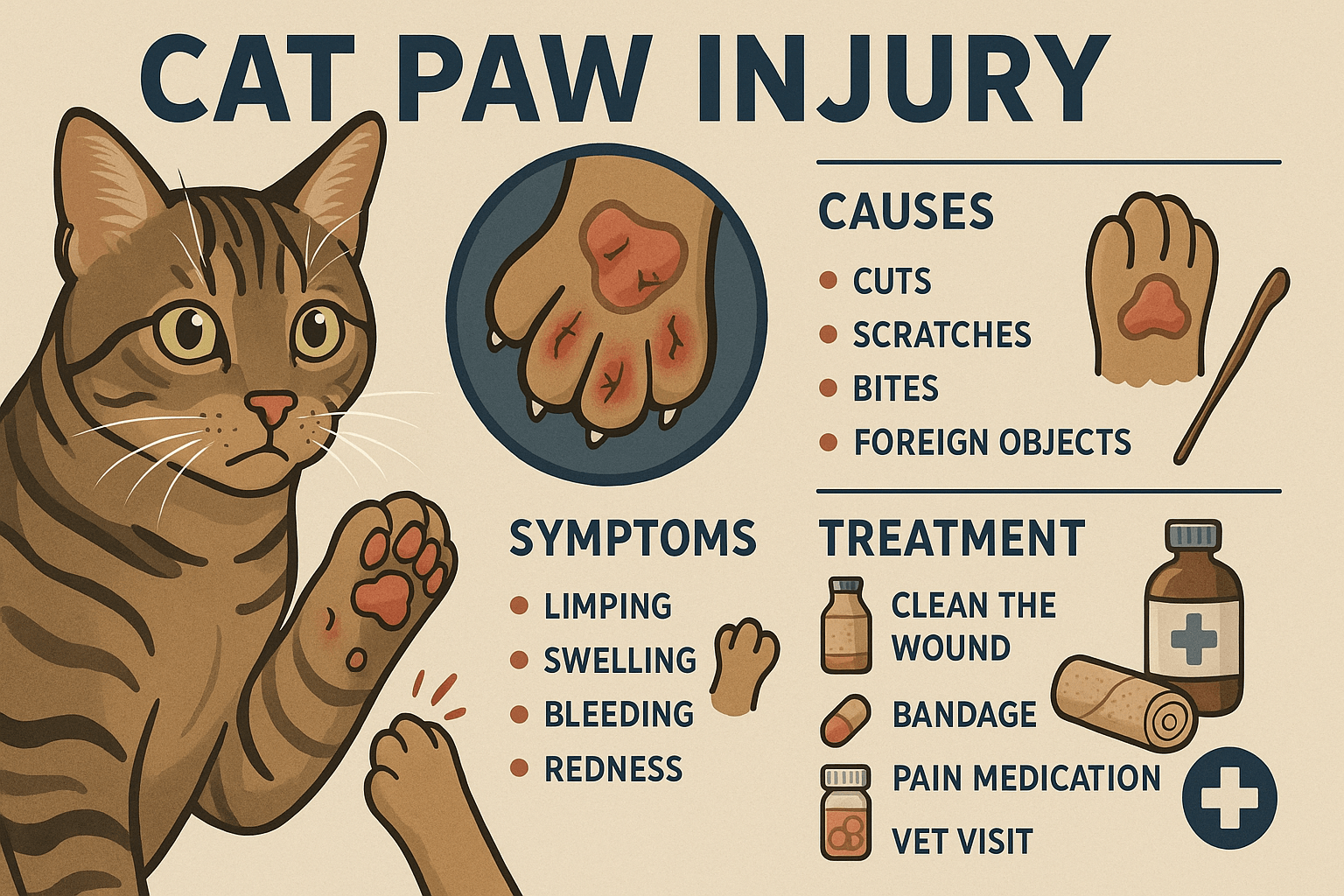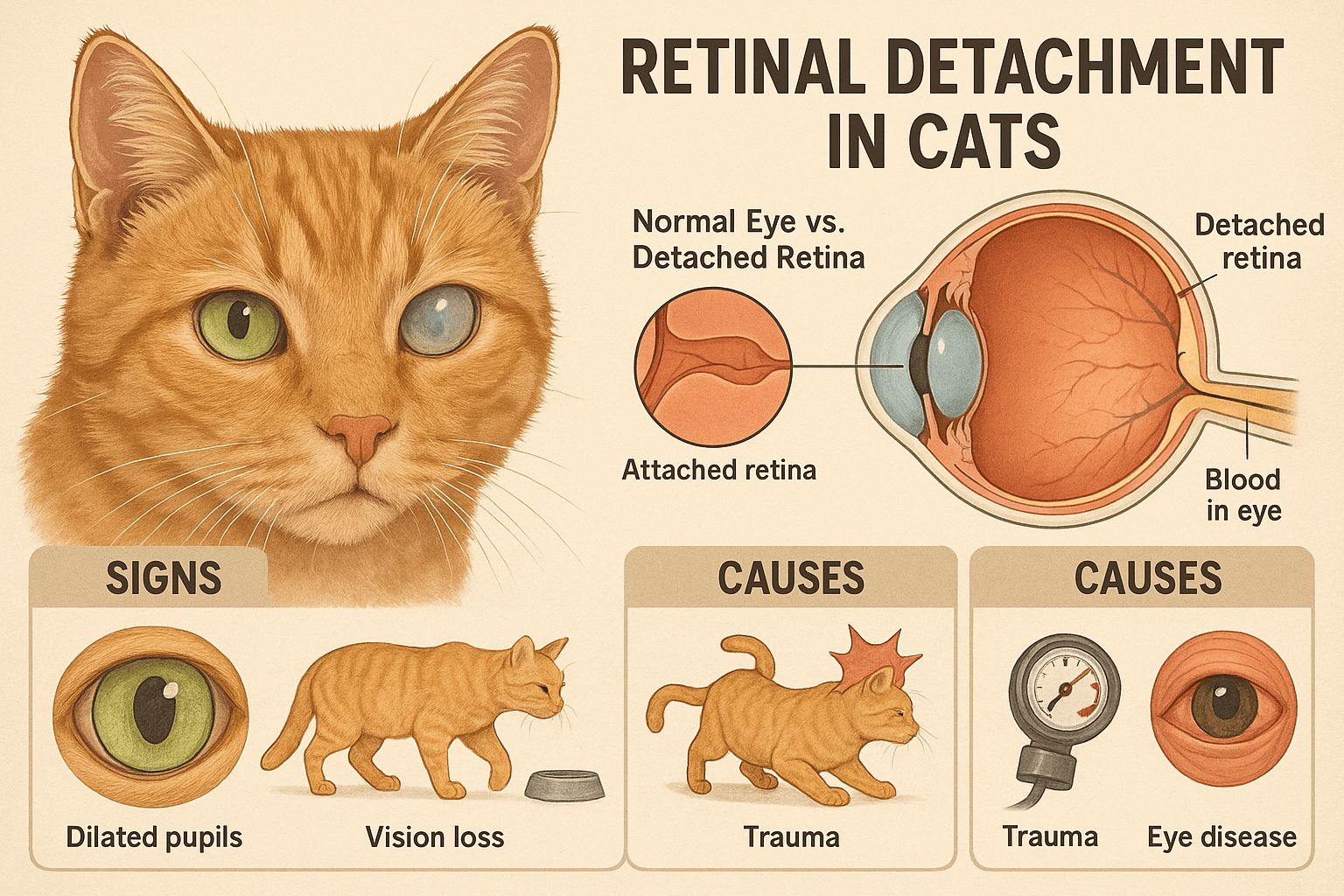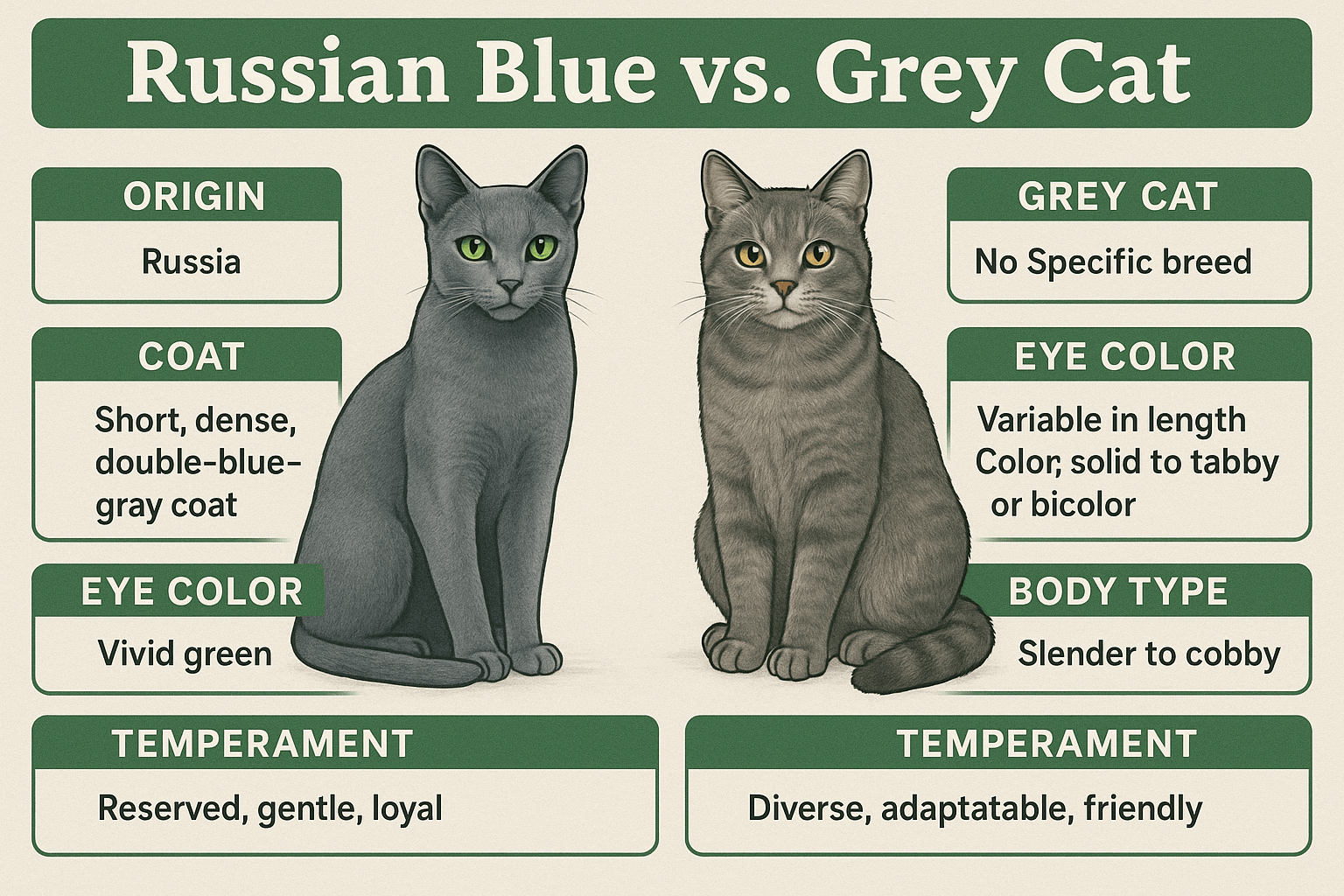How to Keep Outdoor Cats Warm in Winter: Essential Tips for Their Comfort
Winter can be a challenging season for outdoor cats, as plummeting temperatures and harsh weather conditions pose risks to their health and well-being. While cats are resilient creatures, they still need help staying warm and safe during the colder months. Whether you care for feral cats, semi-feral strays, or simply allow your pet to spend time outdoors, knowing how to keep outdoor cats warm in winter is crucial. In this blog post, we’ll explore practical tips, creative solutions, and expert advice to ensure these furry friends remain cozy and protected even in freezing weather. Let’s dive into ways you can make a difference for outdoor cats this winter.
Creating Shelter for Outdoor Cats in Winter
Providing adequate shelter is one of the most effective ways to keep outdoor cats warm during winter. A well-designed shelter can protect them from wind, snow, and freezing temperatures. Here are some ideas for creating or improving cat shelters:
Use Insulated Materials
Choose materials like foam insulation or straw bedding to retain heat inside the shelter. Avoid blankets, as they can freeze when wet.Build a Simple DIY Shelter
A plastic storage bin lined with straw and covered with a sturdy lid makes an excellent, affordable shelter.Add a Heating Element
Place a heated pad or microwavable heat pack (wrapped in fabric) inside the shelter for added warmth.Position Shelters Strategically
Place shelters in quiet, sheltered areas away from wind and foot traffic to provide maximum comfort.Ensure Proper Ventilation
While keeping the shelter insulated, ensure there’s enough airflow to prevent condensation and maintain fresh air.
By providing a safe and warm shelter, you give outdoor cats a place to retreat from the cold. This simple act can significantly improve their chances of surviving winter comfortably.
Feeding and Hydration Tips for Outdoor Cats in Winter
Proper nutrition and hydration are essential for helping outdoor cats stay warm and healthy during winter. Here are some tips to ensure they’re getting the sustenance they need:
Increase Caloric Intake
Cats burn more calories trying to stay warm, so offer high-calorie, nutrient-rich food to meet their increased energy needs.Provide Fresh Water Frequently
Water sources can freeze quickly in winter, so check and replace water bowls multiple times daily or use heated water dishes.Serve Wet Food Heated Slightly
Warm wet food entices cats to eat and provides extra warmth internally, aiding their body temperature regulation.Avoid Toxic Foods
Never feed cats leftovers or foods containing onions, garlic, chocolate, or alcohol, which are toxic to them.Set Up Feeding Stations Near Shelters
Place food and water close to shelters to reduce exposure to harsh weather while eating.
Feeding outdoor cats properly not only keeps them warm but also strengthens their immune systems, helping them endure the challenges of winter.
Check this guide 👉How Cold Is Too Cold for Cats? Best 7 Tips!
Check this guide 👉Top 5 Ultimate Heated Cat Houses for Winter Comfort!
Check this guide 👉How Long Does a Cat Cold Last? Best 7 Expert Tips!
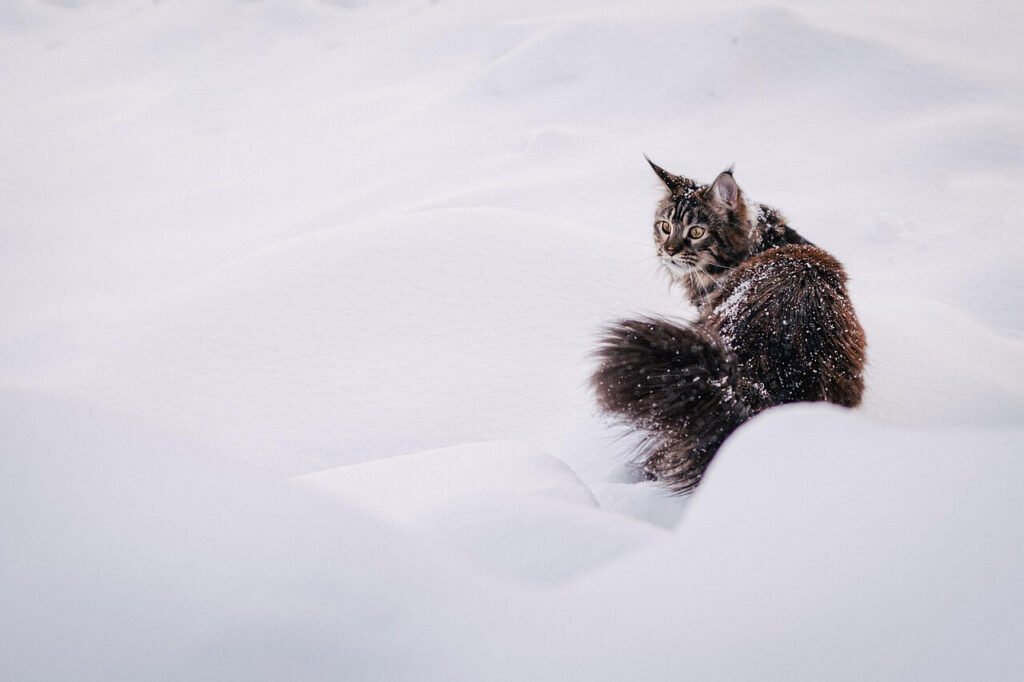
Ways to Keep Outdoor Cats Warm | Benefits of Each Method |
|---|---|
Provide insulated shelters | Protects cats from wind, snow, and frostbite |
Use heated pads or heat packs | Maintains consistent warmth inside shelters |
Offer high-calorie food | Helps cats generate body heat efficiently |
Check and replace water regularly | Prevents dehydration and frozen water bowls |
Elevate shelters off the ground | Reduces heat loss and protects from dampness |
Additional Ways to Support Outdoor Cats in Winter
Beyond shelters and feeding, there are other steps you can take to ensure outdoor cats stay safe and comfortable throughout winter. Here are some additional strategies:
Clear Snow Around Shelters
Keep pathways clear around shelters to make access easier for cats and reduce their exposure to snow.Use Reflective Tape or Markers
Mark shelters with reflective tape to make them visible in low-light conditions and prevent accidents.Check Under Vehicles
Outdoor cats may seek warmth under car hoods; always tap the hood before starting your engine.Monitor Health Regularly
Watch for signs of frostbite, lethargy, or illness, and contact a vet if needed.Engage Your Community
Encourage neighbors to contribute supplies or care for outdoor cats collectively.
These small yet impactful actions can make a big difference in the lives of outdoor cats. Every effort counts toward ensuring their safety and comfort.
Fun Facts About Cats’ Adaptation to Cold Weather
Cats have remarkable adaptations that help them cope with cold weather, but they still need our support. Here are some interesting facts about how cats handle chilly conditions:
Fluffing Their Fur
Cats puff up their fur to trap warm air close to their bodies, providing natural insulation against the cold.Seeking Warm Spots
Cats instinctively look for sunlit areas or hidden nooks to conserve heat during winter.Reduced Activity Levels
In colder months, cats tend to move less to conserve energy and minimize heat loss.Grouping Together
Feral cats often huddle together in groups to share body heat and stay warmer.Paw Pads Withstand Cold
Cat paws have a unique structure that helps them tolerate cold surfaces better than human hands.
Understanding these behaviors highlights the resilience of cats while emphasizing the importance of providing extra support during winter.
Common Misconceptions About Outdoor Cats in Winter
There are several misconceptions about outdoor cats and their ability to handle winter weather. Clearing up these myths can help ensure better care for these vulnerable animals. Here are some common misunderstandings and the truth behind them:
Myth: Cats can survive on their own without help in winter.
While cats are resourceful, extreme cold can still be life-threatening without proper shelter and food.Myth: Blankets are the best bedding for cat shelters.
Blankets can absorb moisture and freeze, making straw or insulated materials a far better choice.Myth: Outdoor cats don’t need extra food in winter.
Cats burn more calories trying to stay warm, so increasing their food intake is essential.Myth: Cats will find warmth under car hoods safely.
Cats seeking warmth near engines risk injury or death if the car is started; always check before driving.Myth: Feral cats cannot adapt to cold climates.
While feral cats have some natural adaptations, human intervention significantly improves their chances of survival.
Understanding these facts helps dispel myths and encourages proactive care for outdoor cats during winter.
Fun DIY Projects to Keep Outdoor Cats Warm
Getting creative with DIY projects can make a big difference in keeping outdoor cats warm and safe. Here are some fun and practical ideas you can try:
Build a Straw-Filled Shelter
Use plastic bins, foam insulation, and straw to create a cozy, weatherproof shelter that’s easy to assemble.Repurpose Old Materials
Upcycle items like wooden pallets or large coolers to construct sturdy, insulated cat houses.Add a Solar Heat Source
Attach a small solar panel to power a low-wattage heating pad inside the shelter for eco-friendly warmth.Create a Raised Platform
Elevate shelters on bricks or pallets to keep them off the cold ground and prevent heat loss.Decorate Shelters with Reflective Tape
Mark shelters with reflective tape to make them visible at night and reduce the risk of accidents.
These DIY projects not only provide warmth but also allow you to contribute creatively to the well-being of outdoor cats. Every effort counts!
Signs That an Outdoor Cat Needs Immediate Help in Winter
Knowing when an outdoor cat needs urgent assistance can save lives during harsh winter conditions. Here are signs that indicate a cat may require immediate attention:
Shivering or Weakness
Continuous shivering or lethargy can signal hypothermia or exhaustion from the cold.Frostbite on Ears, Paws, or Tail
Pale, gray, or blistered skin on extremities indicates frostbite and requires veterinary care.Refusal to Eat or Drink
A lack of appetite or dehydration suggests the cat is too weak to fend for itself.Hiding More Than Usual
If a cat stays hidden longer than normal, it may be struggling to cope with the cold.Difficulty Moving
Stiff movements or reluctance to walk could indicate freezing temperatures affecting their body.
Recognizing these signs allows you to act quickly and provide the necessary care. If you notice any of these symptoms, contact a veterinarian or local animal rescue group immediately. Your intervention could mean the difference between life and death for an outdoor cat.
Frequently Asked Questions About Keeping Outdoor Cats Warm in Winter
Can outdoor cats survive winter without help?
While some cats may survive, providing shelter, food, and water greatly improves their chances of staying safe and healthy.
What should I put inside a cat shelter for warmth?
Use straw or insulated materials; avoid blankets or towels, as they can retain moisture and freeze.
How often should I check on outdoor cats in winter?
Check at least once daily to ensure they have access to food, water, and a dry shelter.
Is it okay to bring an outdoor cat indoors during winter?
If possible, yes—especially during extreme weather—but introduce them gradually to avoid stress.
What are the signs of hypothermia in cats?
Signs include shivering, lethargy, cold ears or paws, and difficulty moving; seek veterinary care immediately.
Making Winter Cozy for Outdoor Cats
Keeping outdoor cats warm in winter requires thoughtfulness, preparation, and compassion. By providing insulated shelters, nutritious food, fresh water, and regular monitoring, you can create a safer and more comfortable environment for these resilient animals. Remember, every small effort contributes to their well-being and survival during the coldest months. As caretakers of our communities’ feline friends, we have the power to make a meaningful impact. With love and dedication, we can ensure that outdoor cats thrive despite the challenges of winter. Let’s work together to spread warmth and kindness—one paw at a time.
What Causes Cat Constipation? Best 7 Expert Tips! Discover common causes, symptoms, and solutions for cat constipation to keep your feline healthy and comfortable.
Cat Paw Injury: Best 7 Expert Tips! Discover essential advice on identifying, treating, and preventing cat paw injuries to keep your feline friend healthy and happy.
Retinal Detachment in Cats: Best 7 Expert Tips! Learn to identify symptoms, understand causes, and explore treatment options to protect your cat’s vision effectively.
Russian Blue vs Grey Cat: Best 7 Expert Tips! Discover key differences, unique traits, and expert advice to help you choose between a Russian Blue and a generic grey cat for your perfect feline companion.

